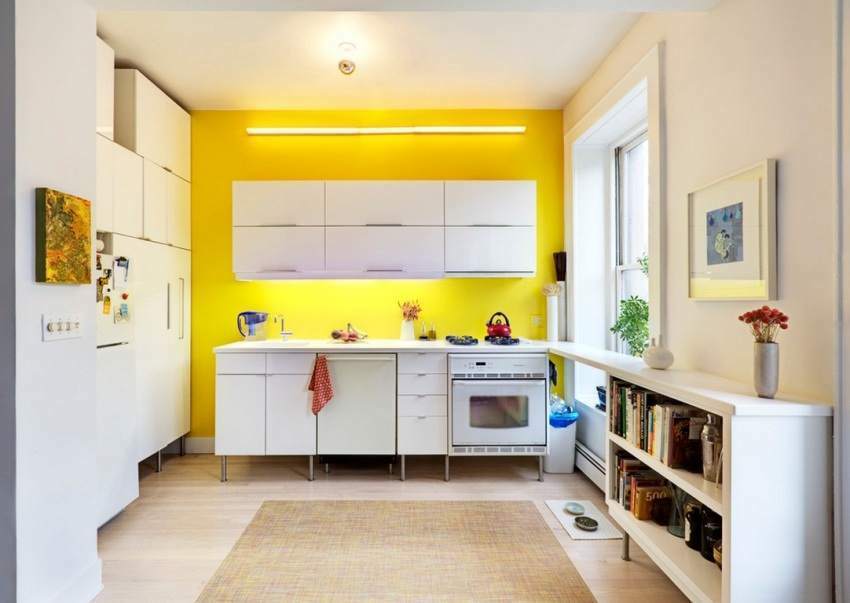At the request of readers, today I will tell you in the simplest possible way how to choose an electric cable for wiring in an apartment. I will not torment you with SNIPs, PUE and SP for professional electricians, but I will give you the simplest and most effective way to determine the cable cross-section.

Expert opinion
Anton Tsugunov
Expert builder. Businessman. 15 years of experience. More than 100 completed projects.
I do not have a phenomenal memory, it is difficult for me to memorize formulas, so over 15 years of practice I have derived the following rule:
- Find out the power consumption of the most powerful electrical appliances.
- Divide the kilowatts by 2 and you get the wire cross-section in square millimeters. Always round up the cable cross-section.
Everything! By and large, I no longer resort to any calculations. This is enough to calculate any home wiring lines with a margin. Works up to 10 kV. If the device consumes more, then you need to look at the calculation tables.
Which wire should I use?
Everything is simple here, write down the simple abbreviation "VVG-NG-LS" - this is a solid (not a hair, but a solid core) copper wire.

It does not support combustion and emits the least amount of smoke when heated. According to all construction rules, it is ideal for residential premises.
How many lives do you need?
If the house is old and there is no grounding circuit in it, then two cores are enough. Zero and phase.
If the house is new and there are yellow wires in the dashboard with a green stripe, then three-core wires need to be pulled throughout the apartment. They will contain zero (blue), phase (white) and earth (yellow with a green stripe).

If 3 phases are used for the stove, then the wire will be either four or five cores, depending on whether there is grounding in the house. 3 conductors for three phases, one conductor zero and earth.
You can find out more about electrical work at the link relicon.kiev.ua
Calculation examples
For example, you need to run a cable for the stove in the kitchen. It is written on the stove that it consumes 8 kilowatts. The house has grounding, 220 volt stove.
Here, you first need to find out the cross-section of the cable (its thickness, or rather its cross-sectional area), for this we divide the power consumption (8 kilowatts) by two:
8 / 2 = 4
Now we know the cross-section of the cable - 4 millimeters square.
What do you need to say in the store? VVG-NG-LS 3x4 cable required (here the three is the number of cores, and the four is the cable cross-section that we just calculated).
Just measure the length with a tape measure along the walls and ceiling, how the wire will pass, and add at least 1 meter so that there is a margin for installation and maneuvers.
Working area in the kitchen
For example, you know what will be on the table: kettle, microwave, grill and food processor.
- Kettle - 2.2 kW.
- Food processor - 1 kW.
- Grill - 2.5 kW.
- Microwave - 1.5 kV.
An important digression: ordinary household outlets are designed for a maximum of 16 amperes, when converted to power consumption, this is no more than 3.45 kV.

For sockets, I use a maximum of 2.5 mm square wire. In total, 5 kilowatts of power. Maximum 2 heavily loaded sockets on 1 wire.
Therefore, it is necessary to create groups: for example, 2 sockets will be connected to 1 cable, and a kettle and a food processor will be connected there. The kettle consumes 2.2 kilowatts and the harvester has a maximum of 1 kilowatt. A total of 2.2 kilowatts, enough with a margin! Nothing will be heated.
Then, the grill consumes 2.5 kW, and the microwave consumes 1.5 kW, a total of 4 kW is obtained. Great, this is 2 more sockets and another separate line, which we lead directly from the dashboard.
There are also minor consumers in the kitchen, such as a refrigerator, TV, blender, and more. It is better for them to draw a separate line. In total, the load will not exceed 5 kV.
Lighting
For most tasks, a 1.5 mm square cable is enough. It is unlikely that in one room there will be more than 3 kilowatt light bulbs.
Air conditioning
If the room is small and the air conditioner consumes no more than 2.5 kV, then the VVG-NG-LS 3x1.5 cable is enough. Three-core cable 1.5 mm square.
But if the air conditioner consumes more than 3 kV, then the wire must be taken 2.5 square millimeters.

Expert opinion
Anton Tsugunov
Expert builder. Businessman. 15 years of experience. More than 100 completed projects.
Remember, for complex or heavily loaded electrical appliances, always try to run a separate line (separate wire).
Consumers such as an oven, hob, boiler, air conditioner, electric underfloor heating, etc., are always connected via separate lines.


